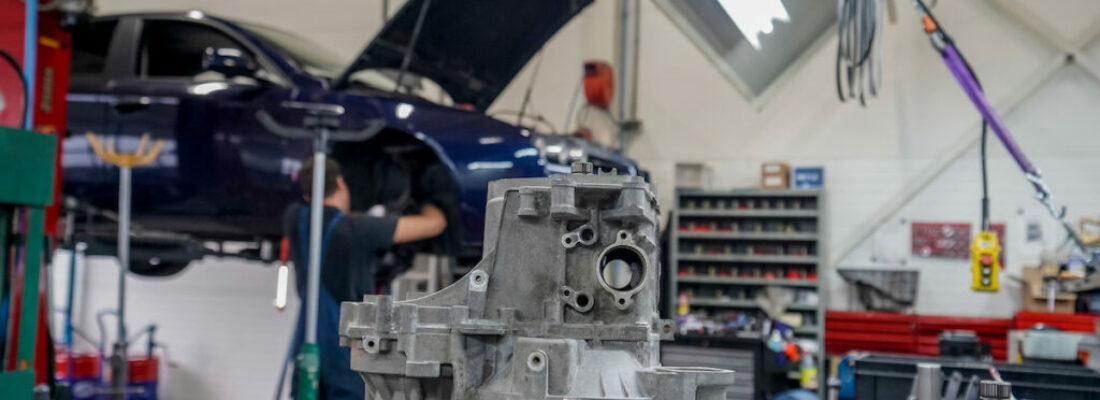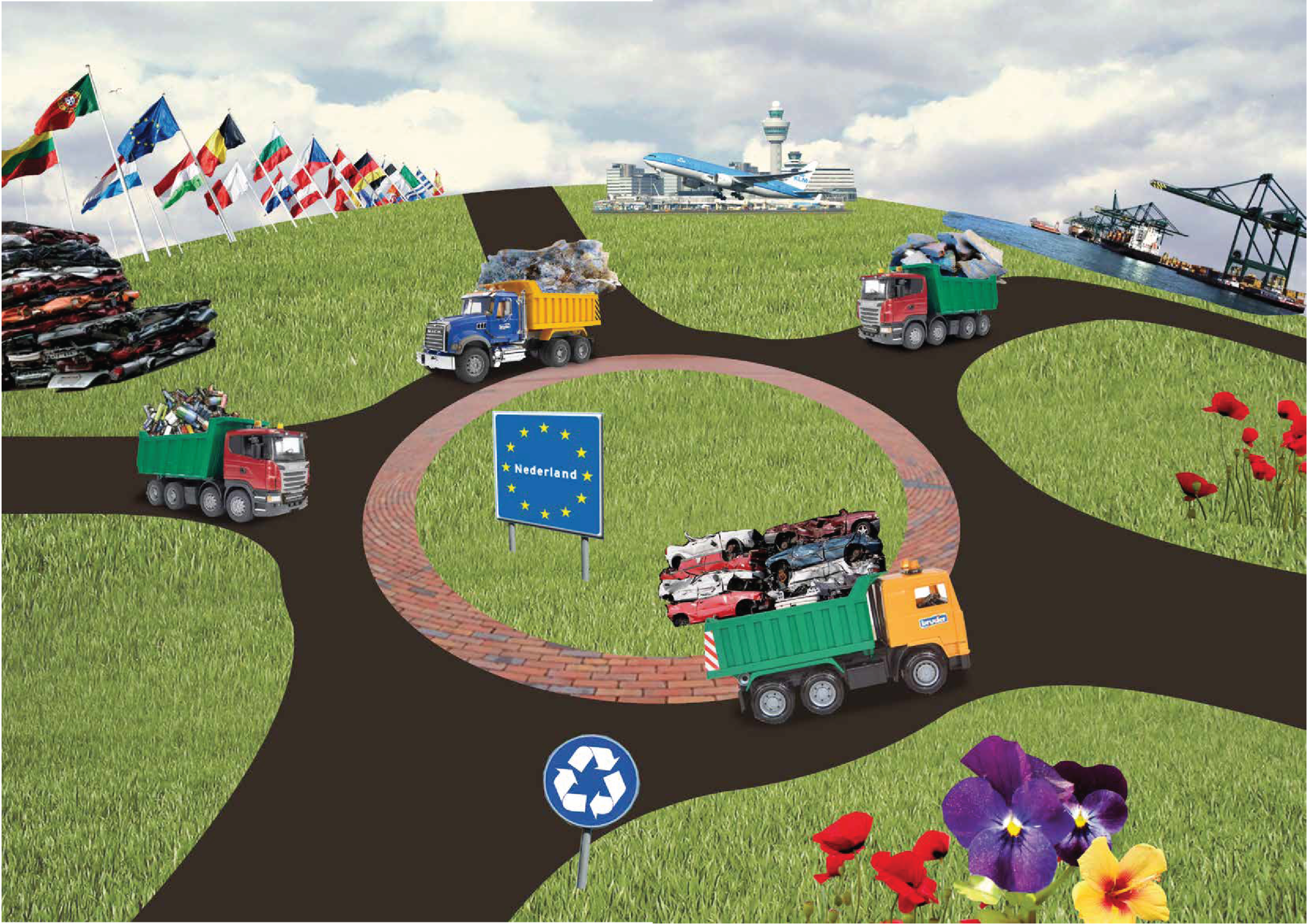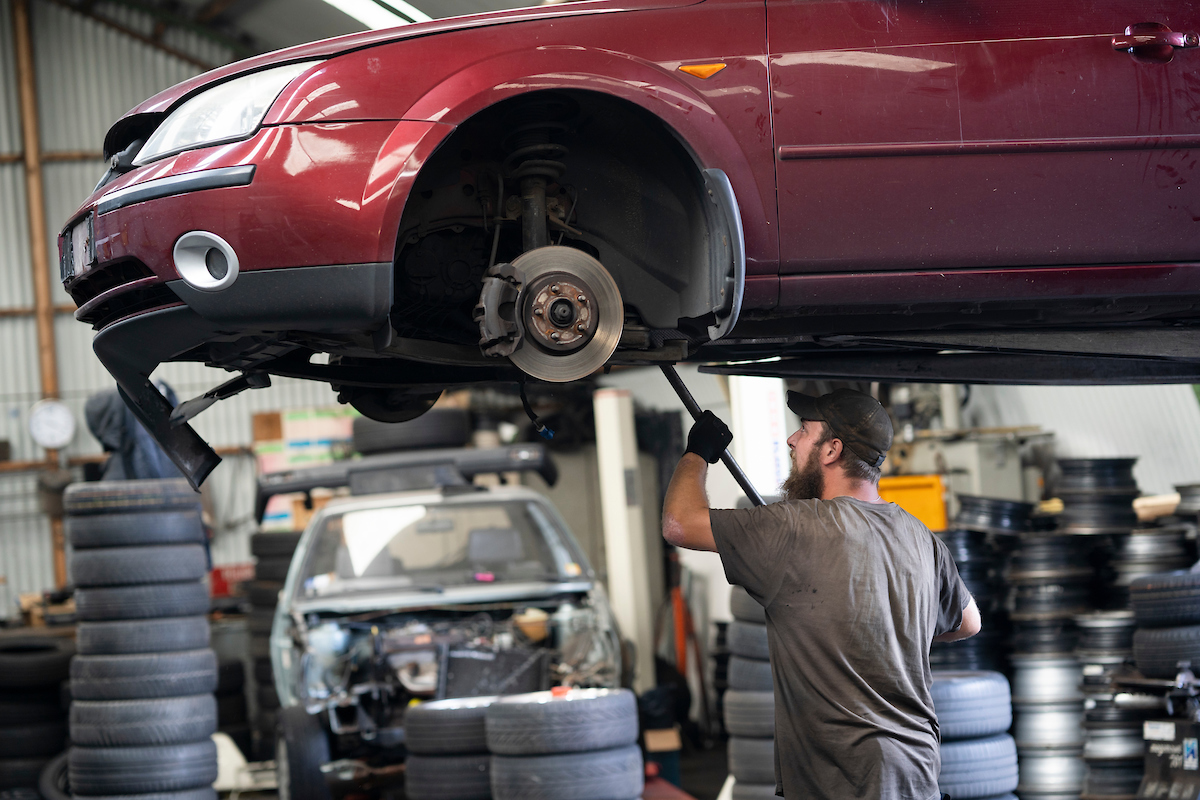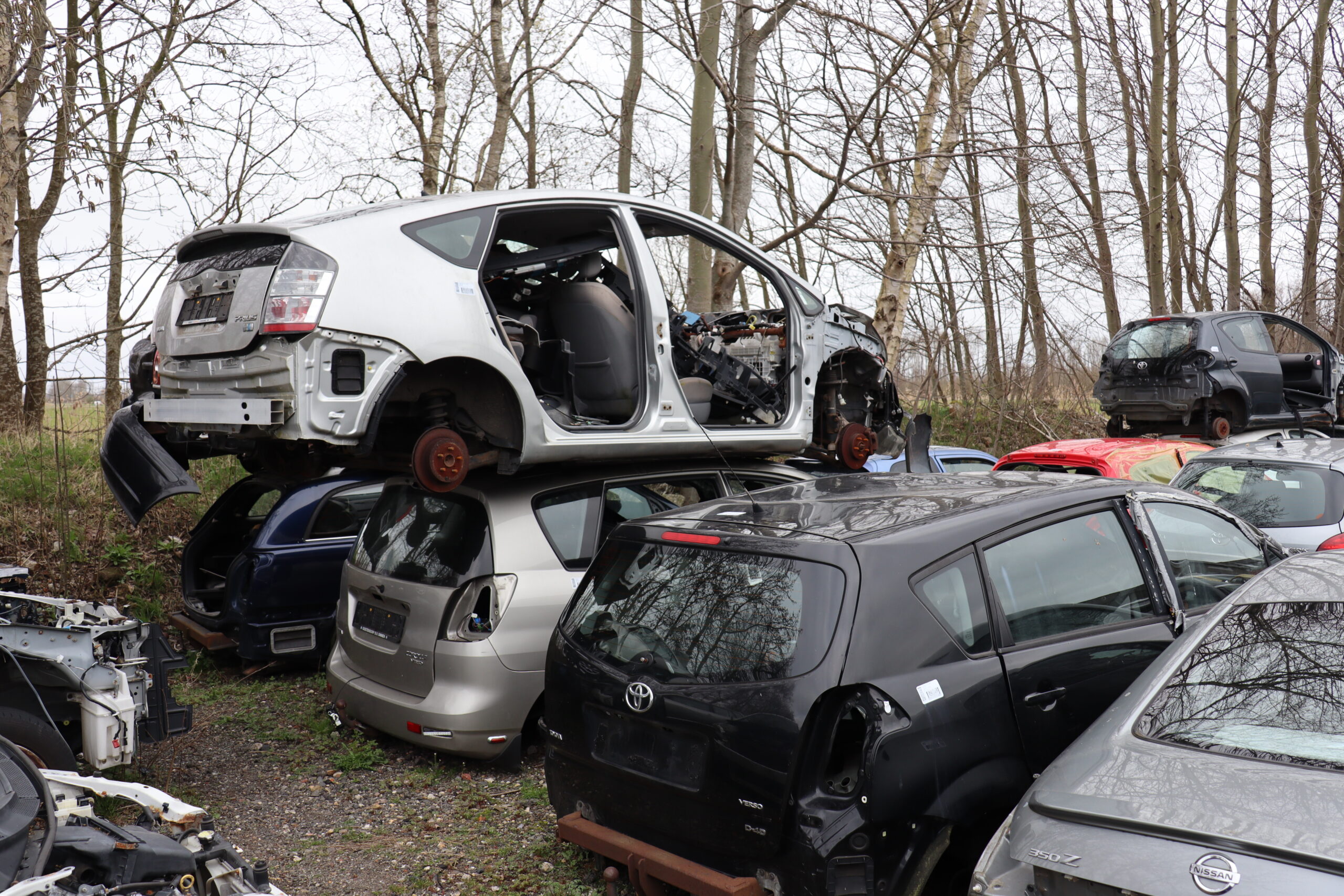Every car dismantling company should utilise the IDIS information as much as possible when processing electric vehicles, ARN believes. The knowledge database contains detailed dismantling instructions from car manufacturers, which are necessary for safe processing. ARN project manager Rob van der Linden: “You work with high voltage. That entails specific risks. The days of trial and error are over.”
A single knowledge base where you can access all dismantling instructions at no cost. Music to the ears of car dismantling companies. In fact, such a database already exists. IDIS has been around since the 1990s and stands for International Dismantling Information System. The purpose of the knowledge base – in its early years, on practical CD-ROMs – is to promote the environmentally friendly processing of ELVs (end-of-life vehicles). Dismantling companies working with IDIS have all the information they need for the safe and cost-effective dismantling of ELVs. In IDIS, the dismantling information is specified for each make and model Be it air conditioning, airbag or a battery pack. The information is reliable, detailed and up-to-date as it originates directly from the car manufacturers. Within six months of the launch of a new type, the correct manuals must be in IDIS which is available in 31 languages and 40 countries. The car manufacturer, in fact, has a legal obligation to provide this information. “The information for at least 3,350 models and variants, from 84 car brands, dating back to 1974 can be found there,” says Johannes Chatzis. Chatzis works at tec4U, the company behind IDIS.
‘With the significant growth of the fleet of electric cars, the failure rate is also increasing and car dismantling companies will receive more and more electric and hybrid cars in the coming years’
IDIS from training to practice
As of 2019, Innovam, in close collaboration with ARN, offers the ‘Safe dismantling of e-vehicles’ training programme . IDIS plays an important role in this course, which teaches car mechanics to work safely when dismantling the powertrain batteries of high-voltage vehicles. “With the substantial growth of the fleet of electric cars, the failure rate is also rising and car dismantling companies will receive an increasing volume of electric and hybrid cars in the coming years. When you dismantle them, you must have a thorough understanding of what you’re doing. Otherwise, life-threatening situations due to electrocution may occur. In IDIS, you can see exactly how you can safely dismantle the battery,” explains Rob van der Linden, project manager at ARN.
By giving IDIS a prominent place in the Innovam training course, ARN hopes that dismantling companies will use IDIS more often after the training. In any case, the plan is to introduce IDIS to every dismantling company registered with ARN. In the near future, several e-components (agreements on how to deal with an electric ELV) will also be added to the current KZD (Quality Assurance Dismantling) standard. In the future, vehicle dismantling companies affiliated with ARN will be obliged to employ at least one demonstrably trained dismantler when they receive an electric or hybrid car. Someone who has been trained with IDIS in the safe dismantling of electric and hybrid vehicles. “They must then have the necessary tools and personal protective equipment in house in addition to an active IDIS account,” van der Linden emphasises.

Scavenger hunt
For the time being, the use of IDIS is voluntary. Rob van der Linden points out that Dutch car dismantling companies do not use the database adequately, if at all. “Many of them work according to the old method, in which the principle of learning by doing is the standard. This method is simply not suitable for this type of car and entails unnecessary risks. I always say: with high voltage, a single mistake can be fatal. Safety must always come first.” When working with high voltages, he says, there is no room for ‘giving it your best shot’.
As managing director of tec4U, Johannes Chatzis is in close contact with many IDIS users. “In a country like the Netherlands, the processing of end-of-life vehicles at car dismantling companies is well organised. This also applies to the processing of shredder waste, for example. The idea is that, because the recycling of plastics is already well-regulated, there is no major need to use dismantling information from IDIS. For other European member states, however, dismantling information on plastic components is valuable, which is why it is included.” Chatzis believes that dismantlers are not sufficiently aware of all the information IDIS provides. “You have a complete overview of what is in a vehicle and where. You know exactly where the liquids, batteries, hazardous substances and materials are.” According to Chatzis, it is difficult to dismantle a car properly and securely without this information. “A modern vehicle has a considerable number of batteries. Without IDIS, you simply cannot find them all.” For the moment, this is still going well, but Rob van der Linden thinks that the increase in battery use in the future could create quite a challenge. “If the end-of-life vehicles at shredders are full of all kinds of batteries that have not been dismantled, the risk of fire at these shredding companies will increase.” Chatzis adds, “Moreover, you pollute your recycling stream enormously.”

Hidden Dangers
IDIS takes new technologies into account regarding mandatory dismantling. “As soon as a new technology is included in a vehicle, IDIS tells you what it is, how to deactivate it and process it in a safe and environmentally-friendly way,” Chatzis says. “You can find information about the tools or equipment needed during disassembly.” eCall is an example of new technology that requires a specialised dismantling manual – as do modern air suspension and start/stop capacitors. “Such capacitors sometimes contain liquid and therefore need to be dismantled. You need to know how to do it safely, though,” adds Chatzis. IDIS also provides information on how to handle vehicles with LPG/CNG tanks or vehicles with air suspension that sometimes operate with high pressure. “A screw that you loosen under high pressure suddenly becomes a bullet”, emphasises Chatzis.
E-module
As of September 2021, IDIS has further expanded and improved its information on handling high voltage components in an electric car. Within this ‘High Voltage area’, it is even easier to see which technology you are dealing with and how to proceed safely when dismantling. A component of the update is short manuals and flyers with printable step-by-step procedures. This really makes safe working practices the new standard within the company. Van der Linden thinks it is a good step, although more can be done. “Training or instruction videos on how to use IDIS in relation to dismantling high-voltage vehicles would certainly help.” In addition, not all dismantling instructions in IDIS are available in the Dutch language. “I can imagine that it is difficult for dismantlers to use English-language instructions,” says Rob van der Linden. “If instructions are missing in the Dutch language, we pass this on to tec4U so that they can get to work on them.” The philosophy is: the more dismantling companies use IDIS, the safer it will become.
As of September 2021, IDIS has further expanded and improved its information on how to handle high voltage parts in an electric car

Sorry, false alarm
As of spring 2018, it became mandatory for new vehicles to be equipped with an eCall system. If the vehicle is involved in a collision, a request for help (the ‘eCall’) is automatically sent to the ambulance services and fire brigade. This saves time and, consequently, lives. However, several European cases have shown that the emergency services are sometimes called out for nothing. In such cases, the emergency services receive emergency calls from end-of-life vehicles that are drawing their last breaths in a loudly growling shredder. “The car processing company has forgotten to dismantle the eCall module correctly and it goes off unintentionally,” says Johannes Chatzis. “If only one person had taken the trouble to have a look in IDIS, a costly and unnecessary emergency call would have been avoided.”






